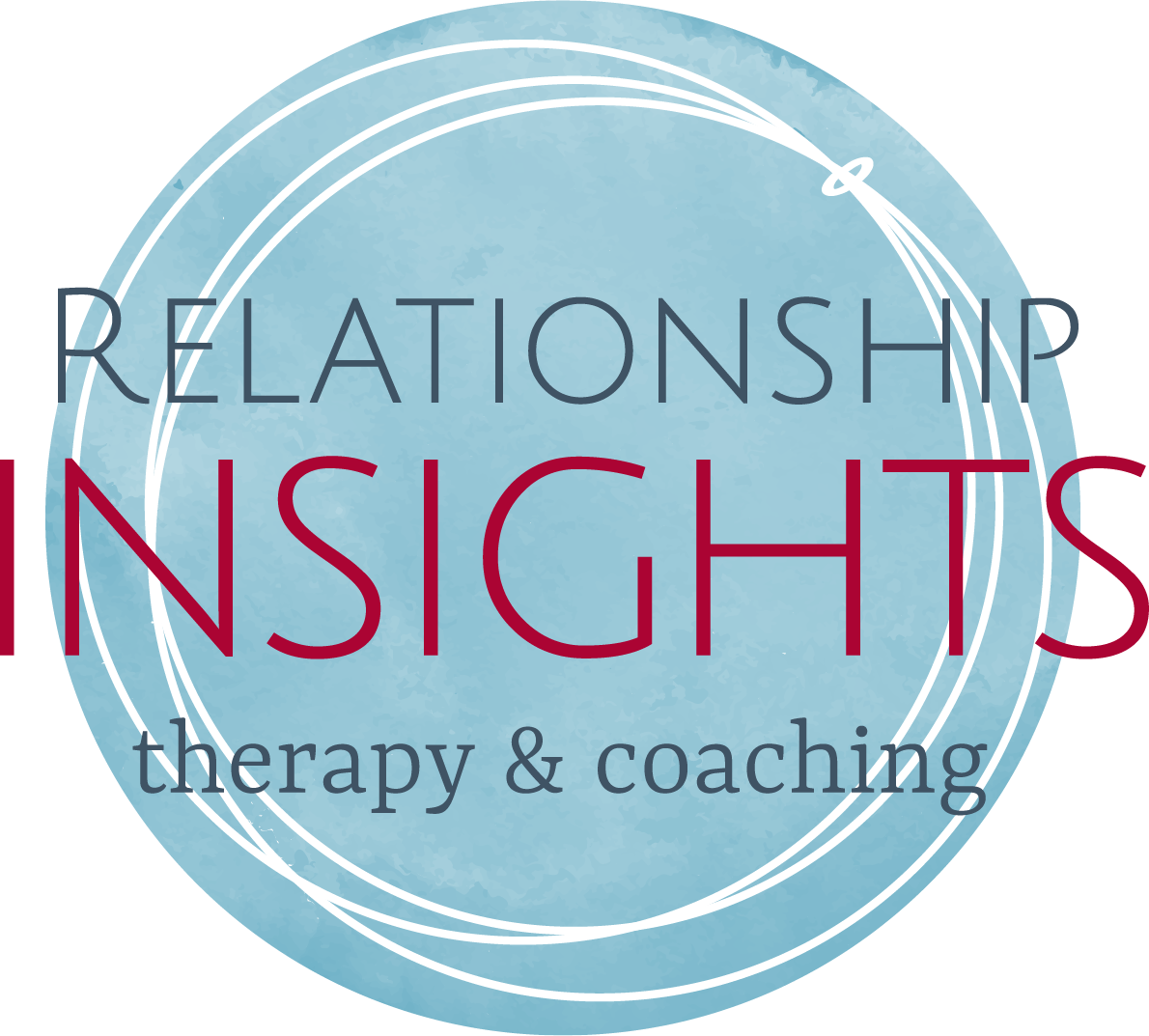OVEREATING & BINGE EATING DISORDER
Being overweight is something that is still subject to public humiliation as a part of the social norm. It is often thought that it is one’s fault for the size of their body. And, that it is entirely within their control to change the size of their body. It’s a common thought that one should just “pull themselves up by their bootstraps.” Or, try a little harder! Then, you, too, can torture your body into submission to become the size that you desire. [Insert diet culture here].
Until 2013, it was not acknowledged by the mental health community that being overweight or overeating might be part of a diagnosable eating disorder. Although many of those who struggled with overeating and sought help were categorized into the “unspecified” eating disorder category. Then, in 2013, the DSM-5 was published. The DSM-5 now includes Binge Eating Disorder (BED) as a diagnosis.
THREE CATEGORIES OF OVEREATING
The DSM-5 acknowledges one diagnosis to characterize overeating as an eating disorder. In my work with clients, I’ve noticed three different categories of overeating. The categories are binge eating, compulsive overeating, and grazing. Here’s a little bit about each one.
ONE: BINGE EATING
Binge eating consists of eating the amount of food in two meals (doesn’t have to be “meal” food) in two hours or less. Also, binge eating is often associated with planned binges. And, the binges include large amounts of food gathered and food is eaten in one sitting. It’s also good to know that if binge eating is followed by purging, the symptoms cross over into Bulimia.
TWO: COMPULSIVE OVEREATING
Compulsive overeating has a controlled flare to it. So, it can be characterized by needing to finish a certain amount of food. Some examples might be a whole box of cereal, all the rows of cookies or three containers of Twinkies.
THREE: GRAZING
Grazing is when one eats small amounts of food continuously over a long period of time. So, this can lead to overeating without realizing it. Actually, I find this is very common with people who are “too busy” to sit down and eat. It can be the case with moms, who nibble as they can, but keep coming back for more and eat too much.
BINGE EATING DISORDER IS OFTEN A MIX
In my experience, those who have been diagnosed with BED typically have a mix of these types of overeating. However, only one or two types are treated. Working with a therapist who has eating disorder-specific knowledge can be helpful to identify these patterns. It’s super important to discover and understand the root of the behavior. That way, you can plan and practice to change unhelpful behaviors.
HOW WERE YOU TAUGHT TO EAT?
It may surprise some to know that one of the first questions I often ask my clients is “How were you taught to eat?” This is usually followed by a puzzled look and some sort of reply that they never really thought of it before. However, after digging in often they were taught disordered eating as a child. Or, it was reinforced in some way. Perhaps their parents had eating disorders themselves. And the parents can then pass genetics and parental teaching and modeling down to the children. Which is how overeating and disordered eating patterns might get reinforced.
I certainly don’t encourage anyone to play the “blame game” as far as past experiences go. But rather, to just understand why people acted the way they did to the best of your ability. And, to try to accept it, forgive it if necessary, and then make a plan for how to move ahead. This is in line with the DBT teachings of “distress tolerance,” and specifically “radical acceptance.” For some of my clients, this meant writing letters that can be burned, as a way of letting go and/or sending the message on to someone who has passed.
SHAME AND GUILT
For those diagnosed with BED, there is always a web of shame and guilt being carried around related to their eating and body. Some have tried any diet or diet program or diet pill that they could get their hands. They do this in an effort to mold their bodies to the desired shape no matter the cost, literally or figuratively. They have been told, and now believe, that they are just not trying hard enough to win at the game of being able to have the “perfect” body. There becomes an acceptable fixation on losing weight, and our “diet culture” is thriving as a result.
WHAT YOU CAN DO
The truth is that we don’t get to pick what shape our bodies are. But there are some things that we do have control over! Get in tune with your body. Eat when you are hungry, and stop when you are full. Do an amount of “joyful movement” that feels good. Don’t shame yourself when you might eat more than you wanted or needed. Find joy in food and pleasure in eating. Do these things, and chances are your body will even out to be the size that it is supposed to be.
ACCEPTANCE
For people who struggle with overeating and BED, this may mean accepting that their body size. They may not look like the “goal weight” they imagine. That weight is often their lowest weight as a teenager or young adult. Many feel a sense of defeat at the task. The process of acceptance can be painful but it also opens a path to freedom. Freedom from the discomfort of overeating, and the agony that comes from buying into diet culture.
TUNE IN TO YOUR HUNGER AND FULLNESS
It’s important to give over control of the shape of your body back to the body! One way to do this is to be in touch with cues such as hunger/fullness. This way, you end the losing struggle of trying to shape one’s body into something it simply isn’t. This also helps with overeating. It’s like setting down the tug of war rope you’ve been battling at for years. There can be a real release of tension if this can be achieved!
NAME YOUR “BEAST”
Shame and guilt are painful. We can alleviate some of the shame and guilt associated with an eating disorder by putting an arm’s length between one’s “authentic” self and our “beast.” Our “beast” is an endearing name (lol) for things we struggle with like an eating disorder, a mental health concern, or a trauma. This wat we are able to characterize behaviors or thoughts from the beast. So, an example would be “My eating disorder got mad at my husband for showing me a video about a woman with an eating disorder.” Which is very different than “I got mad at my husband…” This gives us some distance from the thoughts and behaviors and can give us a chance to respond differently,
POSITIVE SELF TALK
The internal struggle is very difficult for many, and results in an internal dialogue that can be very “loud” when triggered. One can learn to recognize these thoughts around overeating. Then, start to fight back against them, and use the power of positive self-talk. Eventually, with practice, it becomes easier! We learn to fight back against urges. As a result, they become manageable and less intrusive in life.
SELF-COMPASSION
Finally, I would encourage everyone to be more compassionate toward themselves with overeating. As some of my registered dietician colleagues preach, use “balance, moderation and variety” in your eating. Avoid strict rules in your eating. Listen to the signals from your body the best you can. Then, respond to them. And, understand that no one is a “perfect” eater. The goal is stability, not skinny.
Love your body, you only get the one!
OVEREATING: THE TAKEAWAY
If you are reading this and wondering if you or someone you know might have some of the symptoms of Binge Eating Disorder, talk to a professional. It is an incredibly brave step to decide to speak to a professional. And, it is the first step to getting help. Eating disorders can be “vicious” and may require professional support to navigate, so please reach out!


